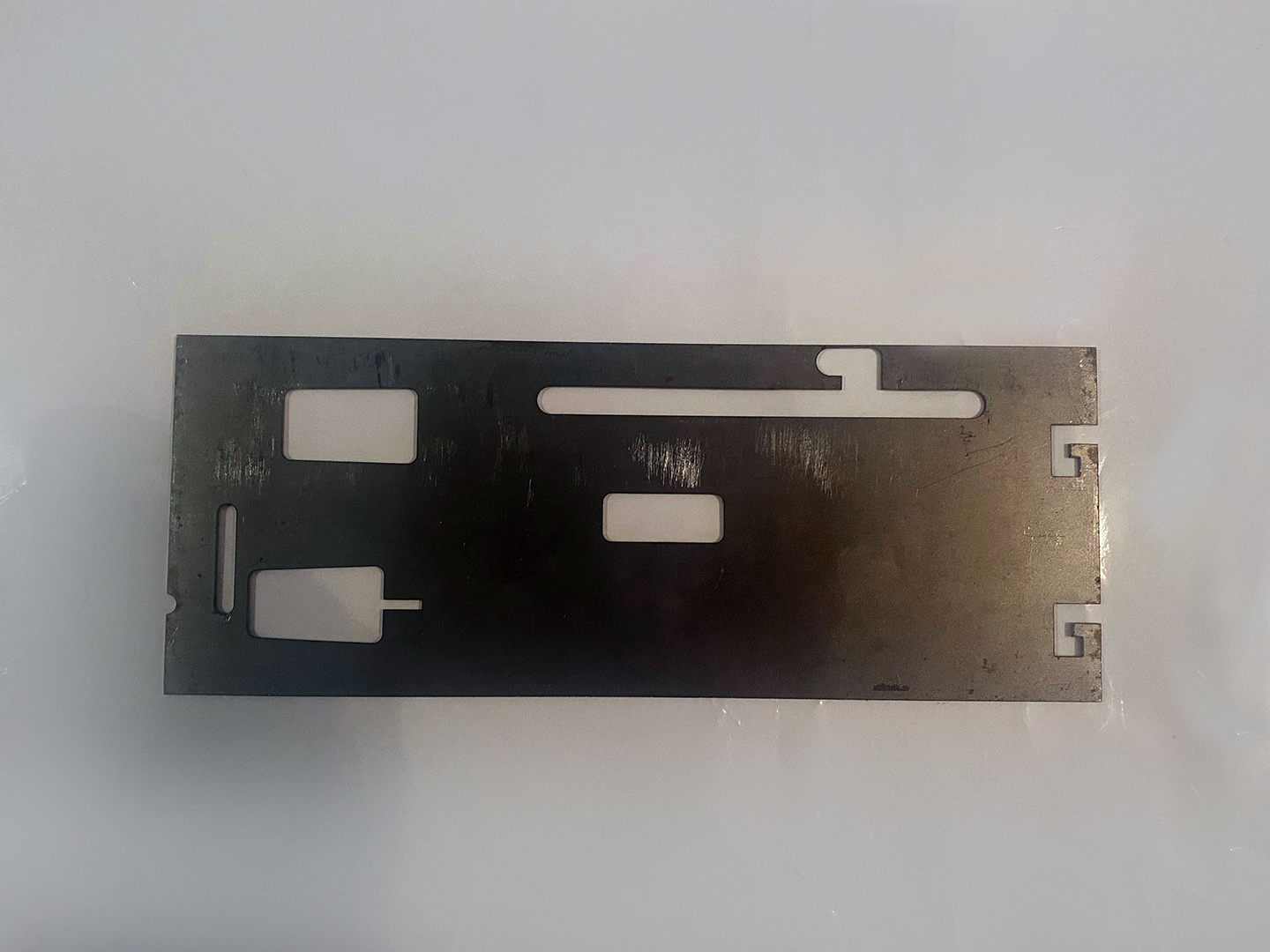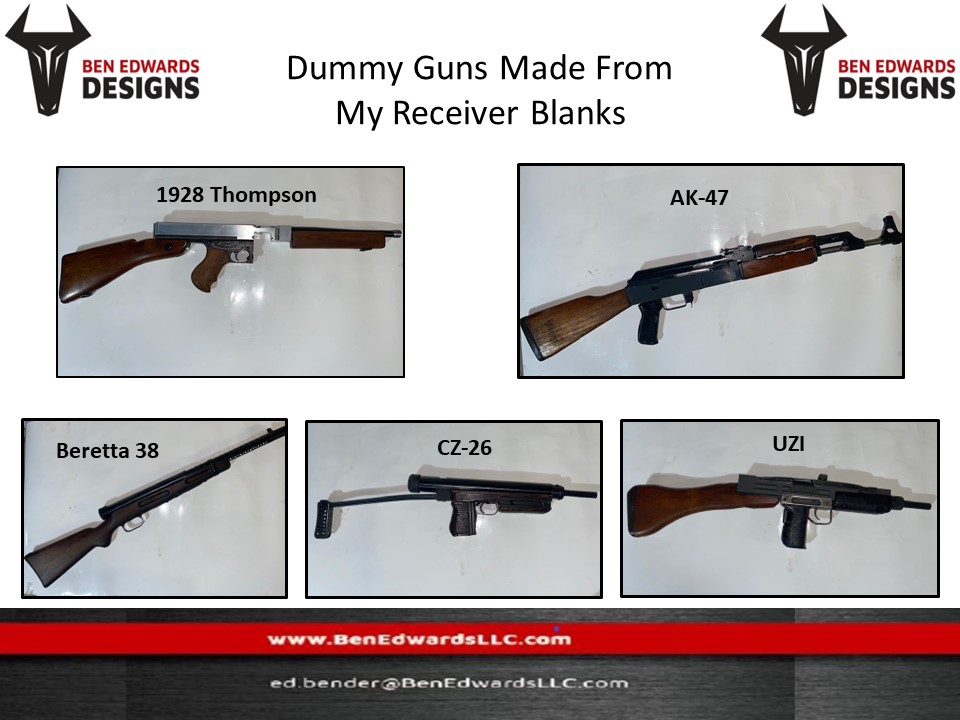Description
Made from 16 Gauge mild steel (.0625”) to original specifications, this type of flats is what Enfield started out with during wartime manufacturing.
NO FFL or paperwork is required. $50
Background
The STEN (or Sten gun) is a family of British submachine guns chambered in 9×19mm which were used extensively by British and Commonwealth forces throughout World War II and the Korean War. They had a simple design and very low production cost, making them effective insurgency weapons for resistance groups, and they continue to see usage to this day by irregular military forces. The Sten served as the basis for the Sterling submachine gun, which replaced the Sten in British service until the 1990s, when it, and all other submachine guns, were replaced by the SA80.
The Sten is a select fire, blowback-operated weapon which mounts its magazine on the left. Sten is an acronym, from the names of the weapon’s chief designers, Major Reginald V. Shepherd and Harold J. Turpin, and “En” for the Enfield factory. Over four million Stens in various versions were made in the 1940s, making it the second most produced submachine gun of the Second World War, after the Soviet PPSh-41.
Technical Information
| Type | Submachine gun |
| Place of origin | United Kingdom |
| In service | 1941–1960s (United Kingdom) |
| 1941–present (Other countries) | |
| Designer | Major Reginald V. Shepherd |
| Harold J. Turpin | |
| Designed | 1940 |
| Manufacturer | Royal Small Arms Factory Enfield |
| BSA | |
| ROF Fazakerley | |
| ROF Maltby | |
| ROF Theale | |
| Berkshire | |
| Lines Brothers Ltd | |
| Long Branch Arsenal, Canada [a] | |
| Various underground resistance group factories | |
| Unit cost | £2 6s in 1942 |
| Produced | 1941– (version dependent) |
| No. built | 3.7–4.6 million (all variants, depending on source) |
| Variants | Mk. I, II, IIS, III, IV, V, VI |
| Specifications | |
| Mass | 3.2 kg (7.1 lb) (Mk. II) |
| Length | 762 mm (30.0 in) |
| Barrel length | 196 mm (7.7 in) |
| Cartridge | 9×19mm Parabellum |
| Action | Blowback-operated, open bolt |
| Rate of fire | version dependent; ~500–600 round/min |
| Muzzle velocity | 365 m/s (1,198 ft/s) 305 m/s (1,001 ft/s) (suppressed models) |
| Effective firing range | 100 m |
| Feed system | 32-round detachable box magazine |
| Sights | fixed peep rear, post front |
Design
The Mark II was the most common variant, with two million units produced. The flash eliminator and the folding handle (the grip) of the Mk I were omitted. A removable barrel was now provided which projected 3 inches (76 mm) beyond the barrel sleeve. Also, a special catch allowed the magazine to be slid partly out of the magazine housing and the housing rotated 90 degrees counter-clockwise (from the operator’s perspective), together covering the ejection opening and allowing the weapon and magazine both to lie flat on its side.
The barrel sleeve was shorter and rather than having small holes on the top, it had three sets of three holes equally spaced on the shroud. To allow a soldier to hold a Sten by the hot barrel sleeve with the supporting hand, an insulating lace-on leather sleeve guard was sometimes issued. Sten Mk II’s in German possession were designated MP 749(e). Some Mk IIs had wooden stocks. The Spz-kr assault rifle, a rudimentary German design made in the closing stages of the war, used the receiver and components from the Sten Mk II, and the MP 3008 was made as a cheap copy.
- Overall length: 762 mm (30.0 in)
- Barrel length: 197 mm (7.8 in)
- Weight: 3.2 kg (7.1 lb)






Reviews
There are no reviews yet.